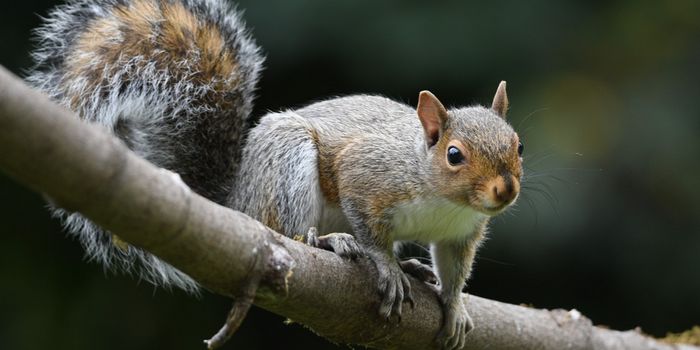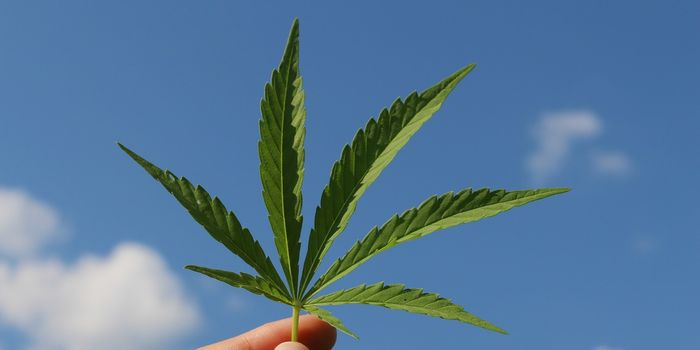Will Reduced Protected Lands in Utah Impact Local Bee Biodiversity?
Many American states have nicknames that subtly describe their unique qualities; Utah, for example, is known as the beehive state. But that origin of that nickname comes from the belief that bees are hard workers and that Utah’s early settlers believed in a hard-working industry, not because of the state’s association with bees.
Ironically, Utah also happens to be a haven for bee biodiversity. A significant percentage of those bees thrive in protected regions, like the Grand Staircase-Escalante National Monument. But recent federal laws have since reduced the boundaries of Grand Staircase-Escalante, raising immediate conservation concerns involving the state’s bee biodiversity.
Image Credit: Joseph S. Wilson, USU
Given the circumstances, it shouldn’t come as a surprise that apprehensive conservationists have started probing local bee biodiversity to learn more about how the reduced protected lands will impact their populations. Some of the latest findings involving the matter have been published this week in the journal PeerJ by a team of researchers from Utah State University.
As it would seem, the situation may not be as bleak as once thought, but that doesn’t quite mean that we’re entirely out of the woods either. Out of at least 660 different bee species that were identified by the researchers, a whopping 87% still resided within the reduced boundaries of the Grand Staircase-Escalante National Monument.
"But that leaves about 84 species no longer inhabiting protected land," explained Joseph Wilson, an entomologist and associate professor at Utah State University’s Department of Biology. "This includes some new, undescribed species, as well as 'morphospecies,' which are unique individuals that don't match known species."
Related: Study investigates why people like bees and hate wasps - spoiler: both are pollinators
While the majority of local bee populations still appear to reside in protected areas, there are a few populations of interest that inhabit the now unprotected regions. As the study points out, one of those species is only known to live in the now unprotected area of the Grand Staircase-Escalante National Monument, which could have future implications for it.
"This is significant because these are 'edge' populations," Wilson added. "That is, in the face of climate change, they could be the first to go extinct as the region gets hotter and drier, or the area could provide a refuge for populations of the same species now inhabiting the Mojave Desert."
Related: Even newer, 'safer' pesticides threaten bees, study says
Perhaps the most alarming concern of all is that future land development projects could reduce pollinator habitats, causing unwanted species extinctions and creating more burdens for hard-working conservationists. Given the importance of bees and other pollinators in a thriving ecosystem, this is something that we shouldn't ignore.
"Bees need to be a part of the management decisions," Wilson said. "People should be aware of their pivotal role in our ecosystems."
Conservationists will undoubtedly continue monitoring the region and its bee populations in coming years to discern how these changes will impact these factors. It should be interesting to see the results.
Source: Utah State University, PeerJ









